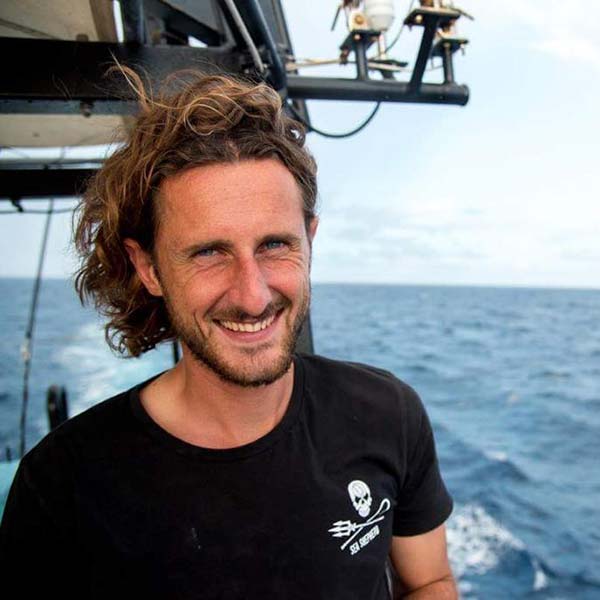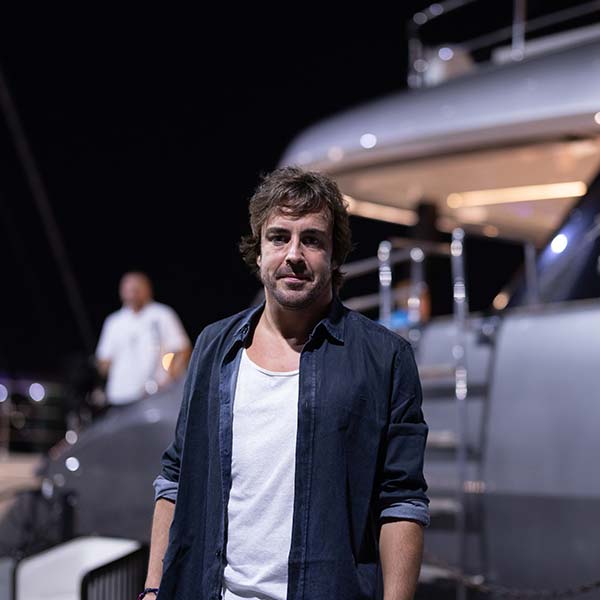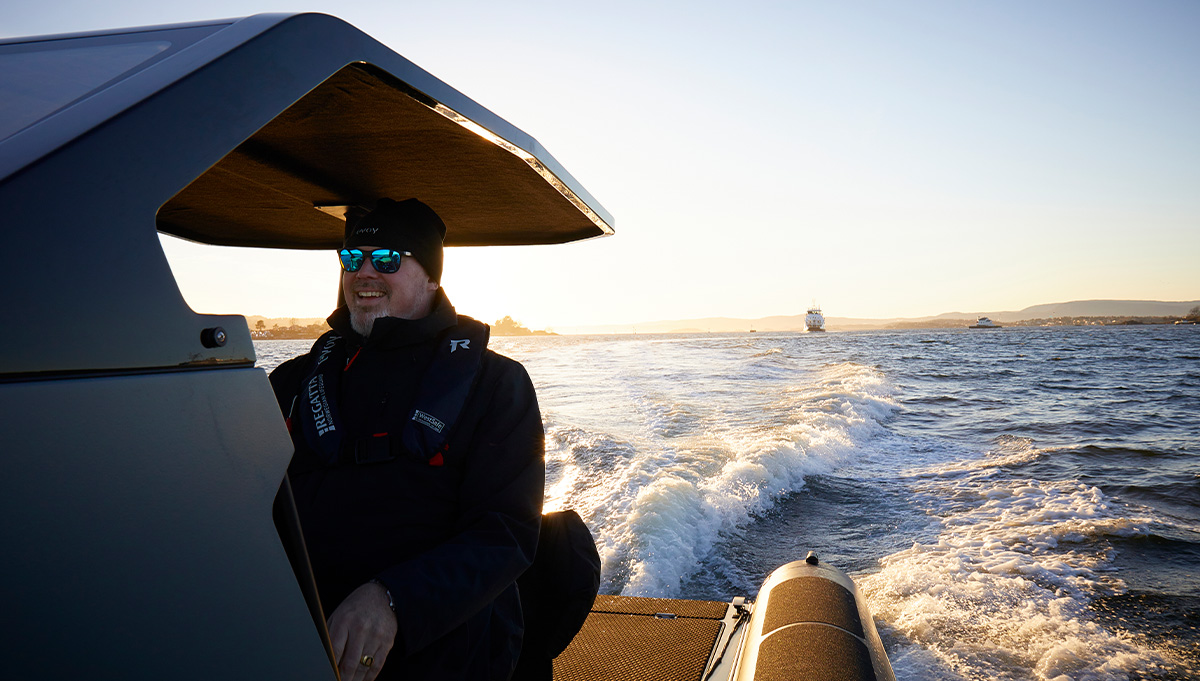

A superyachting e-volution
While the industry explores new green technologies for superyacht propulsion, there’s also a change brewing in the garage – all-electric tenders that could help drive a paradigm shift in leisure yachting and beyond.
The electrification of the automotive industry is gathering pace, with all-electric cars increasing in popularity and electric charge points becoming commonplace. There is, however, a problem that electric cars can’t solve – traffic. While new models may mean we don’t choke up our towns and cities with fumes, we will still be gridlocked in car-choked road systems.
It doesn’t have to be this way, at least not everywhere. Boats can offer an intriguing alternative to the daily commute, whether that’s scheduled river-buses or self-drive small-boat coast-hopping. It’s not the solution to all traffic woes, but it does offer a jam-free alternative for those who have access to the water.
What, you may ask, has any of this got to do with superyachts? The answer is simple – superyachts often represent the vanguard of new tech in the leisure marine sector, much like Formula 1 does for the car industry, and superyachts are seriously investing in technologies that will lower their environmental footprint. While the superyachts themselves are inching closer to futuristic solutions, with hybrid propulsion increasingly common on new-builds and with next-gen projects that use hydrogen already in build, it is in the tender garage that a quiet revolution is actively brewing.
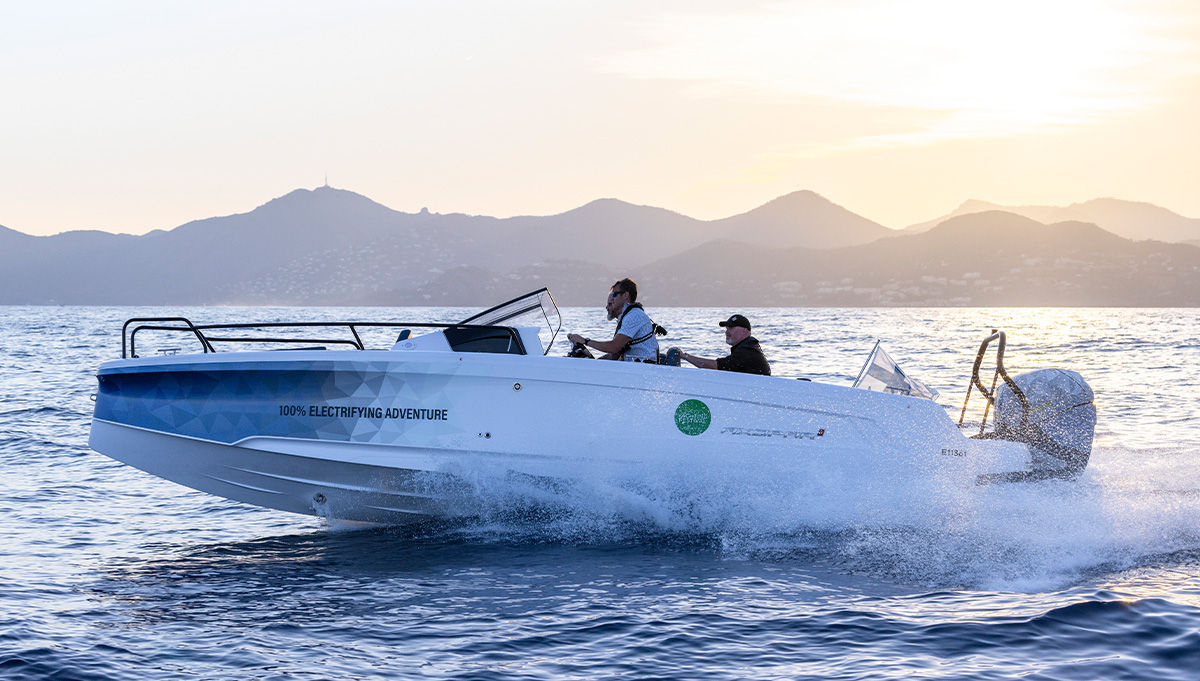
Axopar 25 electric prototype

Axopar 25 electric prototype
It’s not difficult to see the appeal of switching from petrol- or diesel-powered tenders to all-electric motors – while the yachts themselves would require an enormous amount of stored electrical energy to offer any sort of cruising ability, tenders have a different operational profile. Typically they do short runs to and from shore, or day trips, water sports outings or beach and bay exploring, all of which can be done on the relatively limited range that batteries offer, with the mother ship serving as a handy charging station.
It’s something that several pioneering companies are developing, with all-electric inboard and outboard engines growing in power and in performance. There’s Candela, from Sweden, which is promoting its electric boats as potential commuters as well as for leisure, and there are companies like eD-TEC – the brainchild of former VW Group Strategy Chief Michael Jost – and Torqeedo that are offering various solutions for the next generation of small boats and tenders.
And then there’s Evoy, a Norwegian electric inboard and outboard specialist which currently offers inboard and outboard engines for yachts up to 15 metres – perfect for tenders. With slower speed range up to 100 miles and high-speed capability, such boats are ideally suited to superyachting, and with coastal protection areas becoming increasingly common, such options present the perfect way for guests and owners to enjoy their time on board without impacting on local environments.


It’s not just about zero emissions, either – a typical combustion engine contains some 2,000 parts, while Evoy’s motor has just four. Moreover, electric propulsion is not just quiet, it is also vibration free – and noise and vibration are extremely difficult to mitigate in a small package like a tender.
Evoy has also caught the eye of another Norwegian, superyacht design icon Espen Øino. “Their products are really interesting for superyacht tenders, and what they are doing, particularly with regard to their range of outboard motors, is very interesting. We are actually working on a project with them for a limo tender,” he confirms. “What’s more, I can really see these sorts of smaller all-electric boats really becoming popular for leisure users who are coastal cruising, once charging points are more common along the coast. If you look at the operational profile of smaller boats, they’re mostly day trips and the actual number of hours you spend underway is fairly limited, so it’s very good application – and you get the added benefit of super-silent operation.”
The advantage of superyachts, he says, is that they are essentially self-contained islands and as such serve as mobile charging stations. As the technology is adopted more widely, and with superyachts showing the way forward, local initiatives should help develop that coastal infrastructure, meaning – as Øino suggests – it may even become possible to run from Gibraltar to Athens in electric boats. And that confers further potential too – to be able to commute via boat instead of by car. “Our office is located in Monaco,” Øino says, “and there are around 30,000 people commuting here every day from France and Italy and no one is using the coastline. So this could be a solution, which would mean much less congestion on the roads and on public transport.”
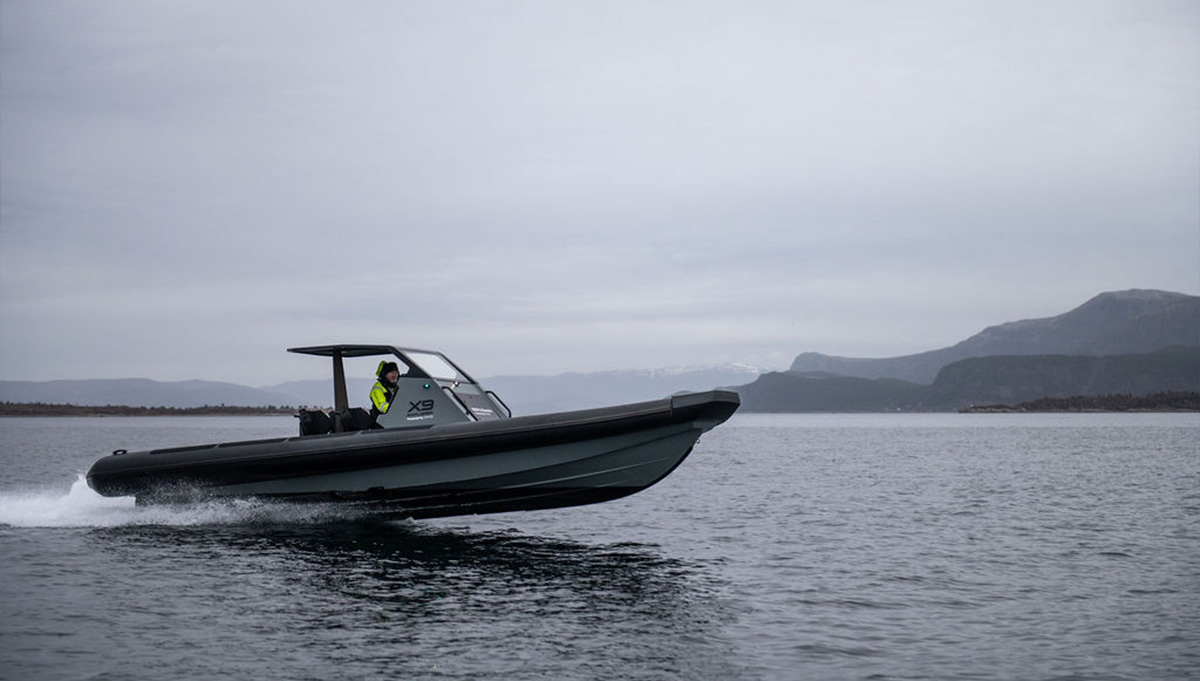
Evoy Goldfish. Photo: Sol Fure & Helle Frogner

Evoy Goldfish. Photo: Sol Fure & Helle Frogner
There’s a bigger picture for superyachts for which all-electric tenders will also play a key role, and it speaks to a seismic shift across the industry. “I think the big yachts are definitely on the radar of environmentalists and the media in general, and we’ve already seen superyachts and superyacht owners targeted by demonstrators as being polluters, for no good reason,” Øino offers. “They are an easy target, although in reality compared to the 50,000 ships, tankers, cruise ships and bulk carriers, superyachts are a very small part of the marine industry, which people tend to forget – but we are highly visible targets.”
It means there’s an increasing imperative to change, and to show that the industry and that yachts are changing. “We see more and more owners who are interested in doing whatever they can to be more sustainable,” Øino continues. “As recently as two or three years ago, it was journalists talking about sustainability, but today nearly every new client talks about it. Either they’re young and don’t want to be associated with something that could be accused of being a big polluter – they want to do things differently, and defend their purchase – or they are older but very clearly spell out that their kids and grandkids have asked that they do whatever they can to be as sustainable as possible – so you see the older generation being put under pressure by the younger generation. I think,” he concludes, “across the industry we all realise we have to do things to improve the situation, and while technically speaking there is no single answer right now, there are many smaller things we can do.” Electrifying superyacht tenders is one of them – and who knows what that might inspire both in leisure boating and in commuters alike?


